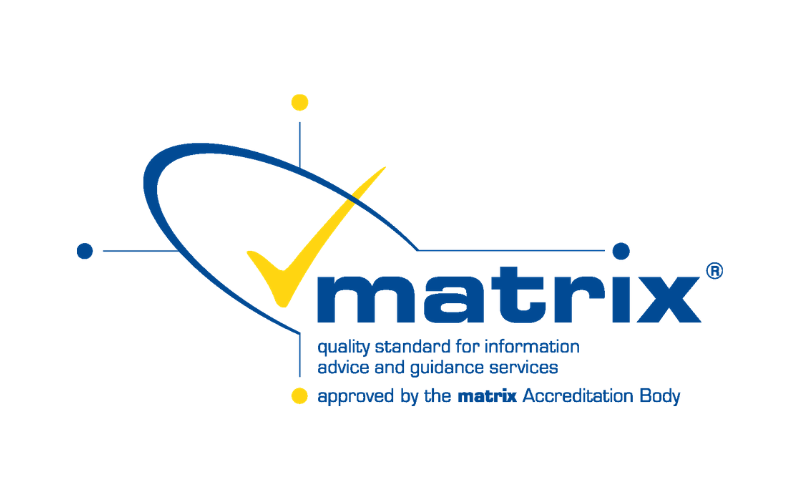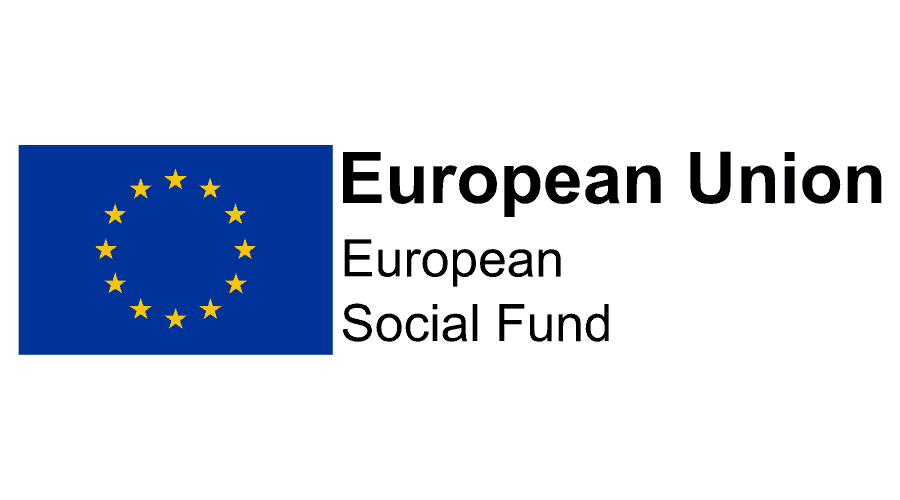Bullying & Harassment Information
Bullying is an ongoing and deliberate misuse of power in relationships through verbal, physical and/or social behaviour that intends to cause physical, social and/or psychological harm.
Harassment is subjecting someone to unwanted conduct which is either related to relevant protected characteristics, or is of a sexual nature, where the conduct has the purpose or effect of violating the victim’s dignity or creating an environment that is intimidating, hostile, degrading, humiliating or offensive.
Protected characteristics include the following:
- Age
- Sex
- Disability
- Gender reassignment
- Marriage and civil partnership
- Pregnancy and maternity
- Race
- Religion or belief
- Sexual orientation
What is Cyberbullying?
Cyberbullying is bullying online and any form of anti-social behaviour over the internet or via a mobile device. It is an attack or abuse, using technology, which is intended to cause another person harm, distress or personal loss.
Forums and tools used often vary and include a range of electronic devices often linked to forums or chat rooms. The tool may be a computer or laptop, a mobile phone, a camera or recording device, a tablet or games-console or simply email or mobile text messaging.
Typically, the bullies use Social Networking sites such as Facebook, Twitter and other interactive forums to target an individual or group. Some examples of cyberbullying can include:
- Spread malicious and abusive rumours and gossiping
- Emailing or texting you with threatening or intimidating remarks
- Mobbing (a group or gang that target you)
- Harassing you repeatedly
- Intimidation and blackmail
- Stalking you on-line and continually harassing you
- Posting embarrassing or humiliating images or videos without your consent
- Posting your private details on-line without consent
- General bullying or stalking
- Grooming (enticing or goading you on-line to self harm or commit a crime)
- Setting up a false profile, identity fraud or identity theft
- Using gaming sites to attack or bully you
- Theft, fraud or deception over the internet
What are ‘False Friends’?
‘False friendships’ describe relationships where someone pretends to be your friend, or is your ‘friend’ sometimes, but actually uses their power to bully you.
Sometimes bullying isn’t as straight forward as someone openly being horrible to another person. It can be much more complicated than that. False friendships can sometimes be hard for people to identify, these are some ways to help identify ‘friend’.
People can often misunderstand bullying for banter, banter is playful where both parties find it funny. Bullying is repetitive and hurtful and usually involves a power imbalance, if someone puts you down consistently then they are not a real friend. Some people are more likely to have false friends as they are vulnerable and may not understand what makes a good friend.
Employer’s Responsibility
Employers should put in place a robust and well-communicated policy and guidance that clearly states the organisation’s commitment to promoting dignity and respect at work. Employers’ responsibilities may extend to work-related activities, such as work parties or outings. Employers could be liable for events which take place on these occasions unless they took reasonable steps to prevent them.
Employers should be especially aware of ‘cyber bullying’. Detrimental texts sent via mobiles or images of work colleagues posted on external websites following work events could amount to bullying for which the employer could be liable.
Importantly, all individuals have a responsibility to behave in ways which support an inclusive and tolerant working environment. Everyone should play their part in making the organisation’s policy a reality and employers should challenge inappropriate behaviour and take action.
A well-designed policy is essential to tackle bullying or harassment. Policies and guidance should be agreed with trade union or employee representatives and communicated to everyone. They should:
- Give examples of what constitutes harassment, bullying and intimidating behaviour, including cyberbullying, work-related events and harassment by third parties.
- Explain the damaging effects and why it will not be tolerated
- State that it will be treated as a disciplinary offence
- Clarify the legal implications and potential personal liability
- Describe how to get help and make a complaint, formally and informally
- Promise that allegations will be treated speedily, seriously and confidentially, and that the employer prevents victimisation
- Clarify the accountability of all managers, and the role of union or employee representatives
- Require supervisors/managers to implement policy and ensure it is understood
- Emphasise that every employee carries responsibility for their behaviour
Employee’s Responsibility
Employees should see if they can sort out the problem informally first, and if not then they should talk to their manager, HR department or trade union representative. If this does not work, they can make a formal complaint using their employer’s grievance procedure. If this does not work and they’re still being harassed they can take legal action at an employment tribunal. All employees should:
- Be made aware – through induction, training, guidance and other processes – about their rights and personal responsibilities under the policy and understand the organisation’s commitment to dealing with harassment
- Know who to contact if they want to discuss their experiences to decide what steps to take
- Know how to make a complaint and the timescales for any formal procedures
Have You Got A Safeguarding Concern?
Here at Cool Blue College we take safeguarding issues very seriously. We aim to protect the welfare of all of our service users to ensure everyone is given equal opportunity and protection against abuse.
If you have any concerns please contact us, we will be happy to help.

Mark Clelland
Safeguarding Lead

Mikayla Connor
Safeguarding Deputy





